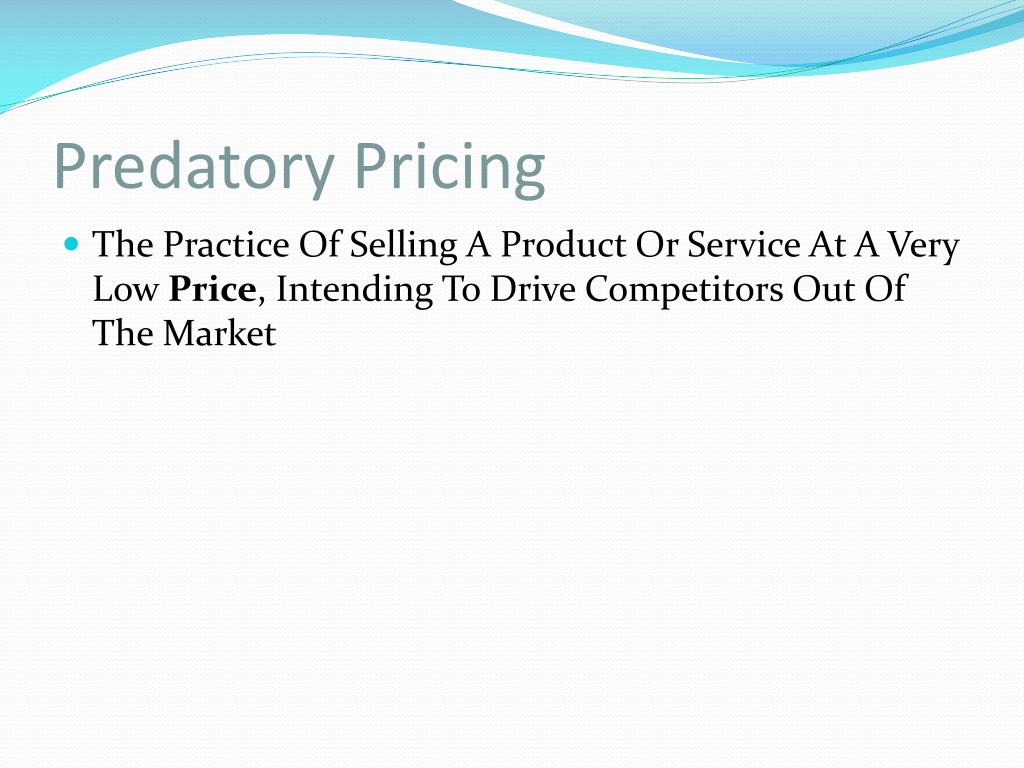

Freemium įreemium is a revenue model that works by offering a product or service free of charge (typically digital offerings such as software) while charging a premium for advanced features, functionality, or related products and services. Double ticketing Ī form of deceptive pricing strategy that sells a product at the higher of two prices communicated to the consumer on, accompanying, or promoting the product. This strategy will make people compare the options with similar prices as a result, sales of the more attractive high-priced item will increase.ĭifferential pricing occurs when firms set various prices for the same product depending on their consumer's portfolio, geographic areas, demographic segments and the intensity of competition in the region. The two products with the similar prices should be the most expensive ones, and one of the two should be less attractive than the other. Method of pricing where the seller offers at least three products, and where two of them have a similar or equal price. This method can have some setbacks as it could leave the product at a high price against the competition. To gain further market share, a seller must use other pricing tactics such as economy or penetration. This strategy is employed only for a limited duration to recover most of the investment made to build the product. Early adopters generally have a relatively lower price sensitivity-this can be attributed to: their need for the product outweighing their need to economize a greater understanding of the product's value or simply having a higher disposable income.

This strategy is often used to target "early adopters" of a product or service. Skimming is usually employed to reimburse the cost of investment of the original research into the product: commonly used in electronic markets when a new range, such as DVD players, are firstly sold at a high price. Selling a product at a high price, sacrificing high sales to gain a high profit is therefore "skimming" the market. Price skimming occurs when goods are priced higher so that fewer sales are needed to break even. For example, if the company needs a 15 percent profit margin and the break-even price is $2.59, the price will be set at $3.05 ($2.59 / (1-15%)). Then a markup is set for each unit, based on the profit the company needs to make, its sales objectives and the price it believes customers will pay. This is done by calculating all the costs involved in the production such as raw materials used in its transportation etc., marketing and distribution of the product. In cost-plus pricing, a company first determines its break-even price for the product. (contribution margin per unit) × (number of units sold) to operating income) is maximized when a price is chosen that maximizes the following: The product's contribution to total firm profit (i.e. Main article: Contribution margin-based pricingĬontribution margin-based pricing maximizes the profit derived from an individual product, based on the difference between the product's price and variable costs (the product's contribution margin per unit), and on one's assumptions regarding the relationship between the product's price and the number of units that can be sold at that price. Fixed/ Variable Costs, Direct/ Indirect Costs, Employee Salary, Utility Costs, and other types of costs can be calculated by applying the Absorption Pricing Method.Ĭontribution margin-based pricing The absorption pricing can be calculated via '(Unit Variable Costs + (Overhead + Managing Costs))/ Amount of units produced.
#Predatory pricing deutsch plus#
The price of the product includes the variable cost of each item plus a proportionate amount of the fixed costs. Method of pricing in which all costs are recovered. Pricing strategies can bring both competitive advantages and disadvantages to its firm and often dictate the success or failure of a business thus, it is crucial to choose the right strategy. It can also be used to defend an existing market from new entrants, to increase market share within a market or to enter a new market. The price can be set to maximize profitability for each unit sold or from the market overall. Pricing strategies determine the price companies set for their products.


Pricing strategies and tactics vary from company to company, and also differ across countries, cultures, industries and over time, with the maturing of industries and markets and changes in wider economic conditions. To determine the most effective pricing strategy for a company, senior executives need to first identify the company's pricing position, pricing segment, pricing capability and their competitive pricing reaction strategy. Louis, Missouri, drawing by Marguerite Martyn, 1912Ī business can use a variety of pricing strategies when selling a product or service.


 0 kommentar(er)
0 kommentar(er)
